Sleep Like a Pro: 7 Next-Level Hacks to Optimize Your Sleep for Peak Energy & Performance
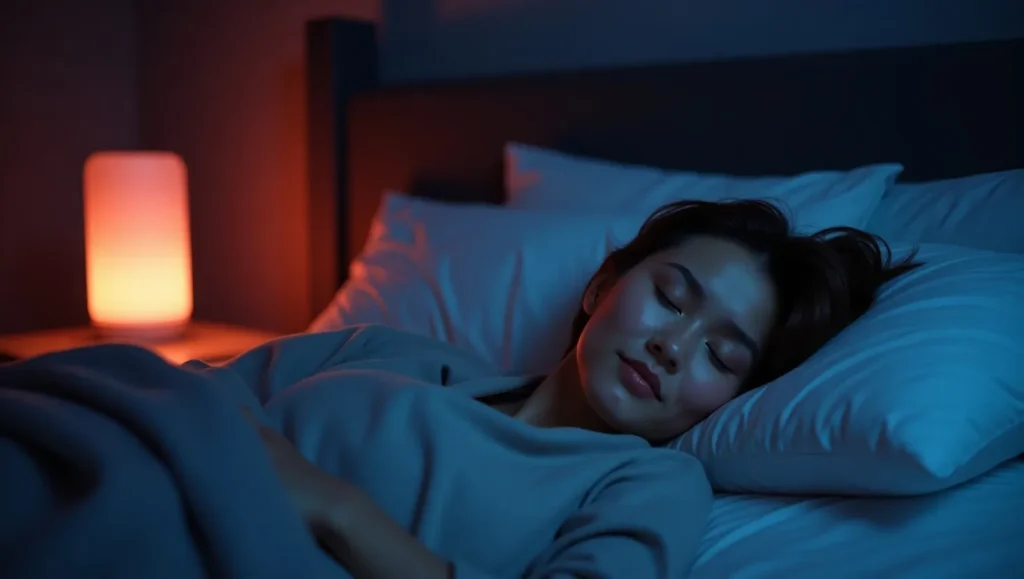
In the fast-paced world of the USA and UK, sleep often takes a backseat to demanding careers, social lives, and endless digital distractions. We know getting enough sleep is important, but what if you could move beyond just “enough” and actually optimize your sleep for peak energy, razor-sharp focus, and enhanced performance, both mentally and physically? Welcome to the world of sleep optimization.
This isn’t about basic sleep hygiene; it’s about leveraging science-backed strategies and cutting-edge insights to transform your rest into a powerful tool for overall well-being. Think of it as biohacking your sleep – making small, intentional adjustments that yield significant improvements in how you feel, perform, and recover. If you’re constantly seeking that edge, a “next-level” approach to sleep is your ultimate game-changer.
This guide will unveil 7 next-level hacks to optimize your sleep, helping you transition from simply resting to truly recharging. Get ready to sleep like a pro and unlock a consistent stream of peak energy and performance, every single day!
Why “Optimizing” Sleep is the New Frontier in Health & Performance
Beyond just feeling rested, optimized sleep directly impacts:
- Cognitive Function: Better memory, focus, and problem-solving skills.
- Energy Levels: Sustained vitality, reducing reliance on caffeine.
- Physical Recovery: Enhanced muscle repair and growth after workouts.
- Mood Regulation: Reduced irritability and improved emotional stability.
- Hormone Balance: Crucial for appetite, metabolism, and stress management.
1. Master Your Light Exposure: The Circadian Rhythm Hack
Your body’s internal clock (circadian rhythm) is primarily regulated by light. Disrupting it can wreak havoc on your sleep-wake cycle.
The Next-Level Hack:
- Morning Sunlight: Get 10-15 minutes of natural sunlight within 30 minutes of waking up. Open your curtains, step outside, or sit by a bright window. This signals to your brain that it’s daytime and boosts alertness.
- Evening Darkness: Minimize bright artificial light (especially blue light from screens) 2-3 hours before bed. Use dim, warm-toned lights. Consider blue light-blocking glasses or a “night mode” on devices if you must use screens.
Visual Focus:
- A person (gender-neutral) sitting by a bright window in the morning, holding a cup of coffee, with natural sunlight streaming in. Alternatively, a bedside lamp emitting a warm, amber glow in a dim room.

2. Optimize Your Bedroom Temperature: The Cool Secret
Your core body temperature naturally dips to initiate sleep. A too-warm room can disrupt this process.
The Next-Level Hack: Aim for a bedroom temperature between 60-67°F (15-19°C). This is often cooler than people think, but it’s ideal for maintaining deep, restorative sleep. Use a smart thermostat if available, or simply adjust your AC/heating.
Visual Focus:
- A clean, minimalist bedroom setting with a smart thermostat showing a cool temperature, or a subtle visual cue of cool air flow (e.g., a quiet fan). The bed looks inviting and cool.
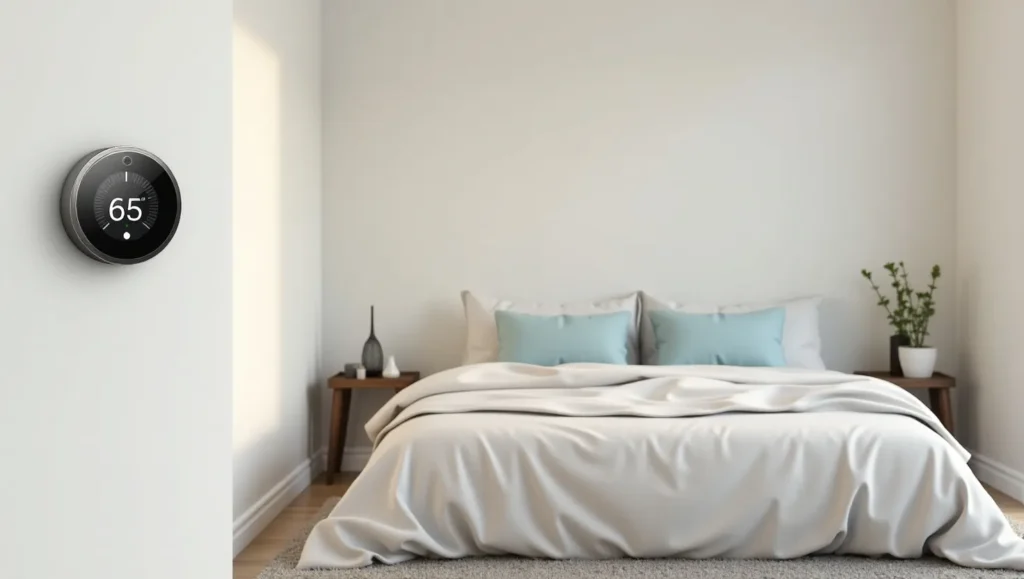
3. Leverage “Sleep Stacking” Supplements (Wisely!): Targeted Support
While diet and lifestyle are primary, certain supplements can provide targeted support for sleep, especially when integrated wisely and after consulting a healthcare professional.
The Next-Level Hack: Consider natural, non-habit forming supplements that support sleep pathways:
- Magnesium Glycinate: Can help relax muscles and calm the nervous system. Take 30-60 minutes before bed.
- L-Theanine: An amino acid found in green tea that promotes relaxation without drowsiness.
- Apigenin: A flavonoid found in chamomile that can promote sleepiness.
- (Note: Always consult your doctor before starting any new supplement regimen.)
Visual Focus:
- A small, aesthetically pleasing display of natural sleep-supporting elements: a bottle of magnesium or L-Theanine supplements, a cup of chamomile tea, and perhaps a lavender sachet, on a clean bedside table.
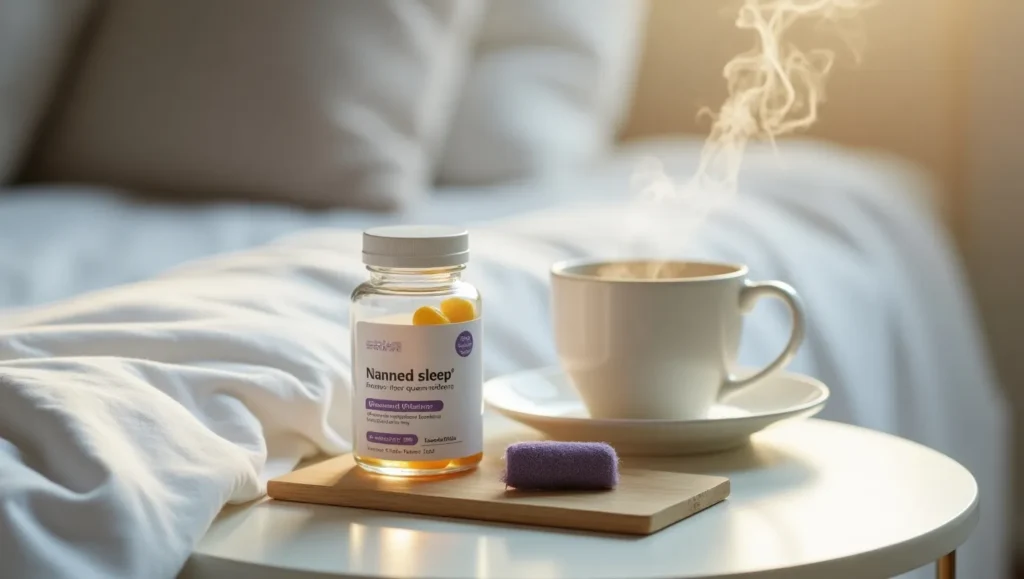
4. Implement a “Wind-Down” Routine: Signal Sleep Mode
Your brain needs a clear signal that it’s time to transition from activity to rest. A consistent, calming wind-down routine helps achieve this.
The Next-Level Hack: Start your wind-down routine 60-90 minutes before your target bedtime. This could include:
- Warm Bath/Shower: Helps lower core body temperature after.
- Reading a Physical Book: Avoid screens.
- Gentle Stretching/Yoga: Release physical tension.
- Journaling: Clear your mind of the day’s thoughts.
- Listen to a Sleep Story/Calming Podcast: Many apps offer these.
Visual Focus:
- A person (gender-neutral) peacefully reading a physical book in a cozy armchair or in bed, with warm, dim lighting. No digital devices are visible. The focus is on calm pre-sleep activity.
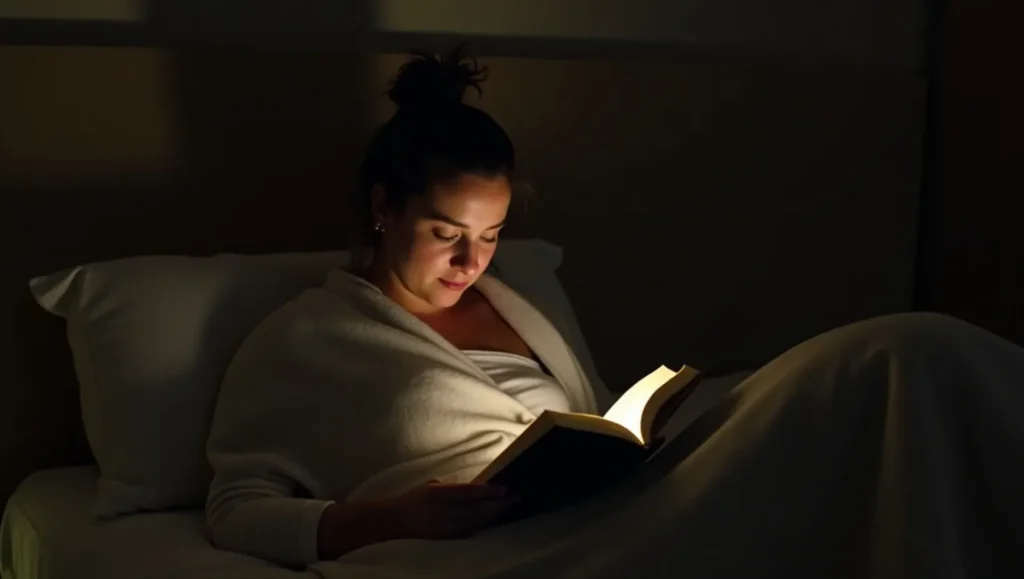
5. Leverage Smart Sleep Tracking: Understand Your Sleep Cycles
Wearable tech (smartwatches, rings) and smart mattresses can provide detailed insights into your sleep stages (light, deep, REM). Understanding this data is the first step to optimizing.
The Next-Level Hack:
- Track Consistently: Use a reliable sleep tracker for at least a week to establish a baseline.
- Analyze Trends: Look for patterns in your sleep stages, awakenings, and disturbances.
- Make Adjustments: If your deep sleep is low, try increasing evening darkness or lowering your room temperature. If REM is low, focus on stress management.
Visual Focus:
- A close-up of a wrist wearing a sleek sleep tracking device (e.g., smartwatch, smart ring) displaying sleep data graphs on its screen. A smartphone nearby shows a more detailed sleep analysis app.
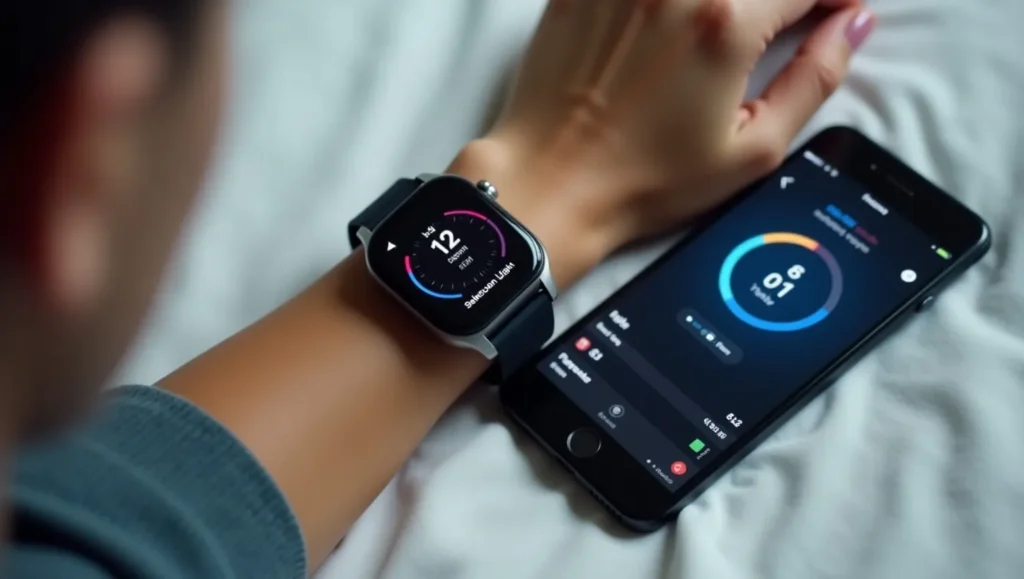
6. Conscious Caffeine & Alcohol Management: Timing is Everything
While enjoyable, caffeine and alcohol significantly impact sleep quality, even if you feel they help you relax.
The Next-Level Hack:
- Caffeine Cut-Off: Avoid caffeine at least 6-8 hours before bedtime. For some, it might need to be even earlier.
- Alcohol Timing: Limit alcohol intake in the evening, or avoid it within 3-4 hours of bedtime. While alcohol might make you feel sleepy initially, it disrupts REM sleep later in the night.
Visual Focus:
- A cup of coffee with a clock showing a midday time (e.g., 2 PM), and a glass of water, emphasizing a caffeine cut-off. Or a glass of wine being set aside early in the evening.
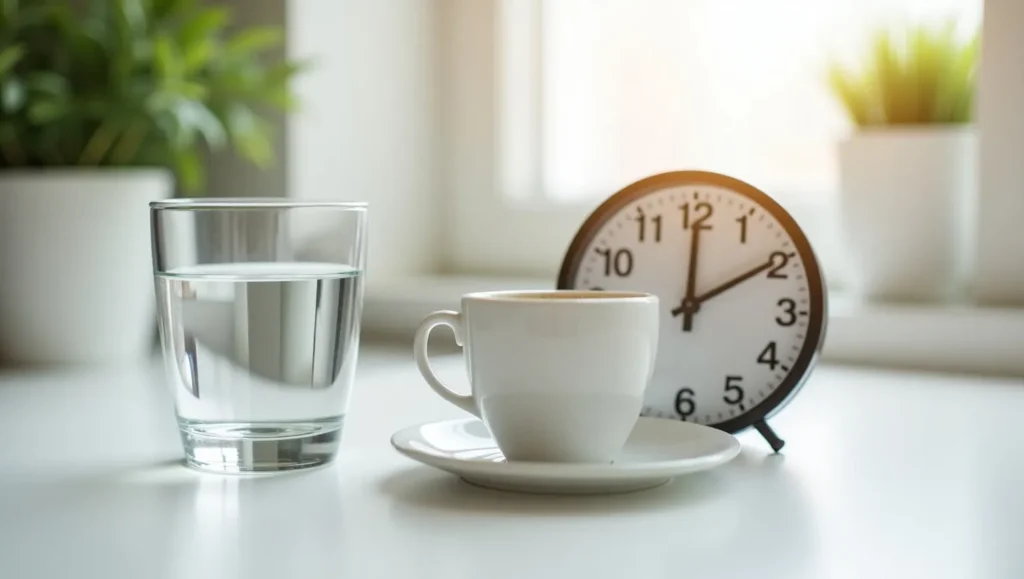
7. Strategic Napping: The Power Nap Revival
Not all naps are created equal. A strategic power nap can significantly boost alertness and performance without impacting nighttime sleep, acting as a mini-recharge.
The Next-Level Hack:
- Keep it Short: Aim for 10-20 minute power naps. Anything longer can lead to sleep inertia (that groggy feeling).
- Timing is Key: Take your nap in the early afternoon (e.g., 1 PM – 3 PM). Napping too late in the day can interfere with nighttime sleep.
Visual Focus:
- A person (gender-neutral) briefly resting in a comfortable chair or sofa, perhaps with an eye mask, looking peaceful and refreshed, implying a short power nap.
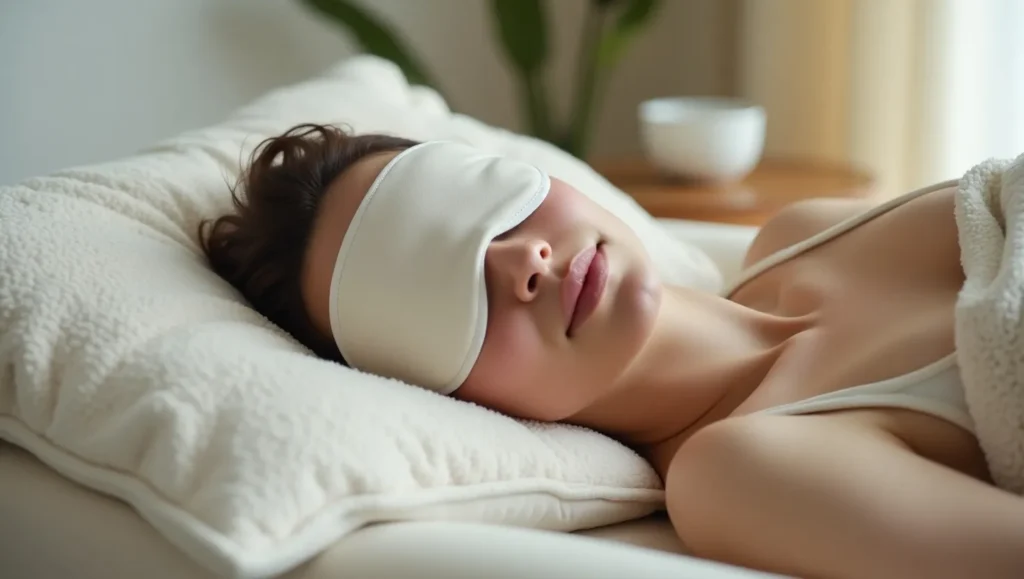
Conclusion
Transforming your sleep from a mere necessity into a powerful tool for peak energy and performance is achievable with these 7 next-level sleep hacks. By strategically optimizing your light exposure, bedroom environment, leveraging smart supplements and tech, and making conscious lifestyle choices, you can truly sleep like a pro. Embrace these simple yet impactful strategies and unlock a consistent flow of vitality, focus, and overall well-being.
Which of these next-level sleep hacks will you try tonight to optimize your rest? Share your plans below!
